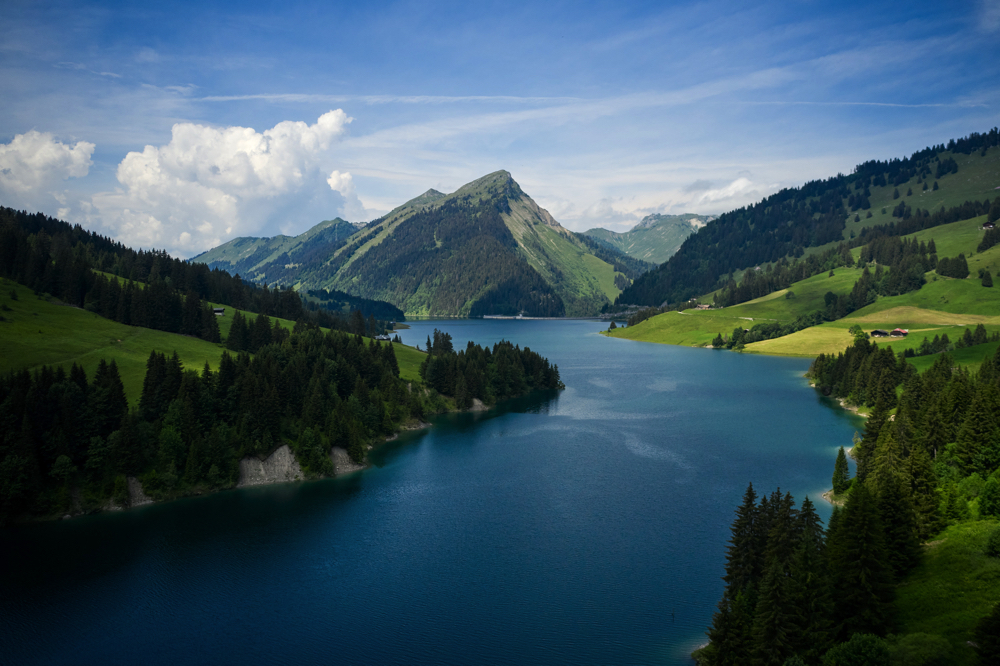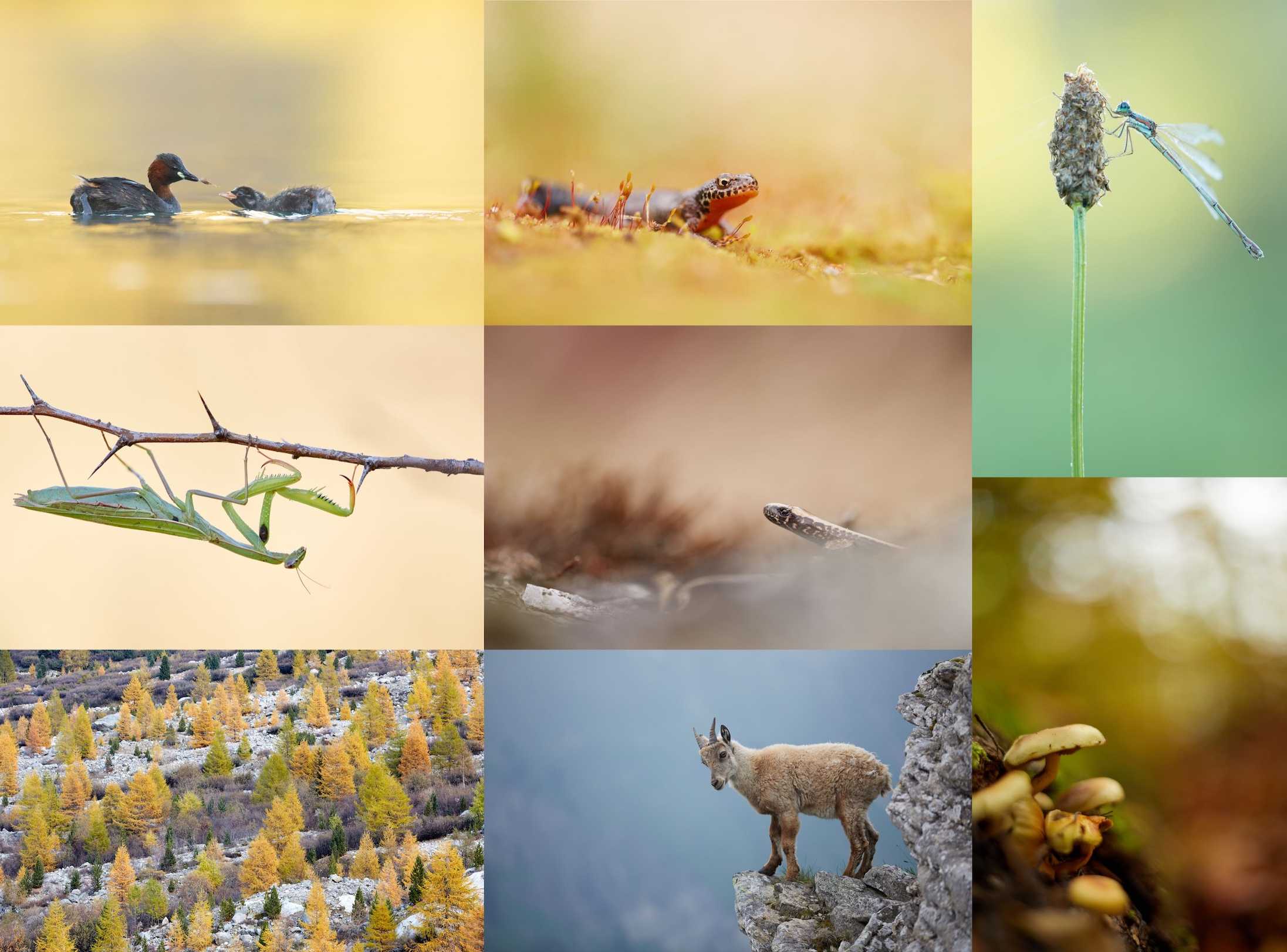Swiss Catchment
Swiss Catchment - The Correspondence of Biodiversity Gradients in Blue and Green Ecosystems
Due to different pressures, biodiversity has decreased rapidly in Switzerland and currently 36% of over 10’000 monitored animal, plant and fungi species are classified as threatened. These changes influence the dynamics of natural environments and impact the ecosystem services that are supplied. Blue (freshwater habitats) and green (terrestrial habitats) systems contain distinct assemblages of species, but which are linked via various abiotic and biotic processes.

In this project, we aim to investigate biodiversity on the basis of 1200 catchments and sub-catchments in Switzerland, each with a size of 40 km2. We will consider multiple taxonomic groups in terrestrial and freshwater ecosystems, and relying on mostly existing data from biodiversity monitoring, better understand the drivers of biodiversity in green and blue systems as well as their historical changes that have affected Swiss ecosystems.
We aim to address three questions regarding the biodiversity of aquatic and terrestrial systems in Switzerland. First, we will map the current biodiversity for selected taxonomical groups. We will investigate whether biodiversity of theses selected groups and between freshwater and terrestrial group co-vary spatially. Second, we will compare the relationship between the biodiversity of taxonomic groups and a set of environmental variables expected to shape biodiversity in freshwater and terrestrial systems. We will compare whether taxonomic groups and ecosystems follow the same abiotic gradients or if we observe differences among taxonomic groups and systems. Third, we will investigate the historical change in biodiversity, for the selected taxonomical groups using historical occurrence records.
Species conservation measures increasingly consider ecosystem-wide perspective. Adopting a catchment-wide approach could offer a novel way to manage Swiss landscapes that consider the interactions between various habitats and species. In particular, this work should lead to a better understanding of the links between freshwater and terrestrial habitat and thus enable conservation actions to be better directed at the ecosystem level.

